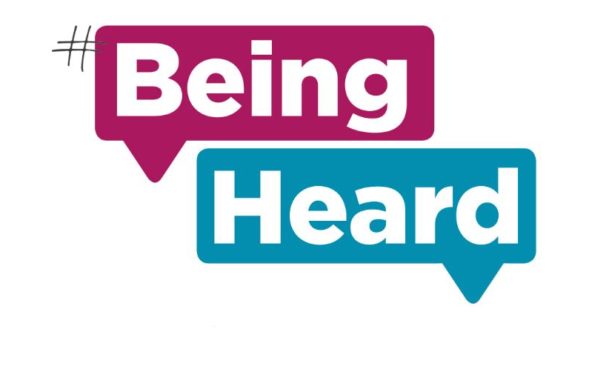
Engagement between young people and decision-makers in local authorities is a postcode lottery, a new report has said.
Being Heard: One Year On is the second report of its kind into young people’s views on decision-making by authors John Ross Scott, a councillor in Orkney, and University of St Andrews student Kristopher Leask.
According to the authors, who collected evidence throughout 2019, North Ayrshire, North Lanarkshire, Dundee and Scottish Borders councils all improved their engagement with young people, while East Lothian, West Lothian and Orkney showed no progress compared to the 2018 report.
The study claims there is “a lack of national leadership” on the issue.
It adds: “The Scottish Government and the Convention of Scottish Local Authorities (Cosla) are without a unified approach and while it is clear from local authorities that one size should not fit all, more sharing of data and good practice is required and councils that lack any impact in engagement should be held to account.
“At present, it is a postcode lottery for young people as to how serious and meaningful they are involved in local decision-making.”
The report makes 10 recommendations to policymakers, including that each local authority appoints a councillor as a “young people’s champion”, pushing for the Scottish Government and Cosla to take a stronger role in leading on the issue and urging councils to help young people over the age of 18 to run for public office.
Mr Scott said: “We hope it will be a wake-up call to those councils lagging behind the pack and those councillors across Scotland who still spout tokenistic praise on young people but do not genuinely allow them a say in decision-making.
“It is clear throughout both our Being Heard studies that success in meaningful engagement comes through leading councillors, chief executives and officials taking a front line involvement.
“That way messages are not lost.”
Mr Leask said “one size should not fit all” but there should be more done to share good practice among agencies.

Enjoy the convenience of having The Sunday Post delivered as a digital ePaper straight to your smartphone, tablet or computer.
Subscribe for only £5.49 a month and enjoy all the benefits of the printed paper as a digital replica.
Subscribe